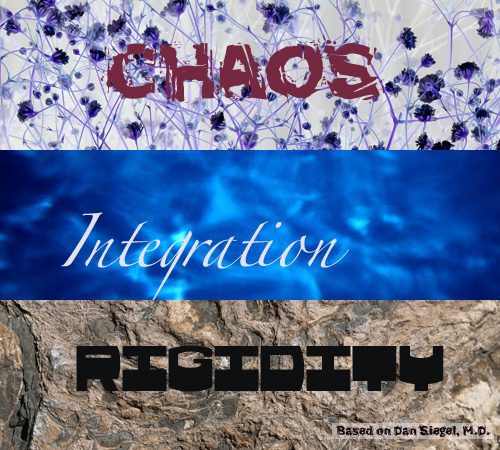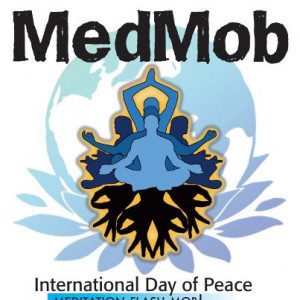 Last Friday morning, I had the pleasure of being in a audience for the two Dan’s or Dan Squared, as they joked. First, Dan Goleman–author of Emotional Intelligence, Social Intelligence, Ecological Intelligence, and others. The second–Dan Siegal– author of Mindsight, The Mindful Brain, The Mindful Therapist, and others. They are friends and shared a complimentary message–how we know ourselves is intergral to how we are in the world and what we are is social at its core.
Last Friday morning, I had the pleasure of being in a audience for the two Dan’s or Dan Squared, as they joked. First, Dan Goleman–author of Emotional Intelligence, Social Intelligence, Ecological Intelligence, and others. The second–Dan Siegal– author of Mindsight, The Mindful Brain, The Mindful Therapist, and others. They are friends and shared a complimentary message–how we know ourselves is intergral to how we are in the world and what we are is social at its core.
Siegel defines “mind” as “an emergent, self-organizging procecess emering from and also regulating the flow of energy and information, within the body and within our relationships.”
It’s funny that most talk of mindfulness does not define mind, but Siegel’s definition appears very helpful and accurate. Whatever mind is emerges out of the activity of brain and we still don’t understand how that happens.
Yet this emergence is not a one way street, mind, in turn, can affect brain (as it does through mindfulness practice). Mind is a system and one that can self-regulate, that is, we can be aware of the functioning of the system and influence what it does.
Mostly what it does, he points out, is to regulate the flow of energy and information. By energy, he means physical energy–we perceive and process energy with our sensory organs and our brains make sense of this. Some of this energy takes a meaningful form and becomes information. We are not just isolated bodies–much of the information and energy we deal with occurs interpersonally. For example, the mirror neurons in our brain are paying close attention to what other people are doing and tries to create a sense of them in us. In other words–empathy. We are paying exquisite attention to facial expressions and trying to make sense of them.
Mindfulness, or lack thereof, makes a big difference on how that energy and information flow goes. Too little modulation and we veer off into chaos. Too much modulation and we become rigid. Both extremes of chaos and rigidity rely heavily upon psychological defenses and reactivity. I shouldn’t really refer to chaos and rigidity as extremes because they are so common–even for those of us practicing mindfulness. I have presented a graphic for Siegel’s “river of integration” in the picture above.
The goal of mindfulness practice is to become integrated–a place between chaos and rigidity where we can be spacious, reflective, and clear in our perceptions. We are neither impulsive nor guarded. Openness is a good way to describe integration. Open to experience, able to tolerate more, and less prone to fall back on our defenses. The world feels less threatening because we are more accurate at judging threats. We have fewer false alarms. We can move through the world with more ease when we are integrated because we are not expending resources recovering from chaos or holding up rigidity.
The more we practice mindfulness the more readily we will know when we have veered off into rigidity or chaos and the more adept we will become at extricating ourselves from these old grooved patterns to return to the river of integration. Of course, as a river that flow is different in every moment and it’s a great place to swim, so come on in!

